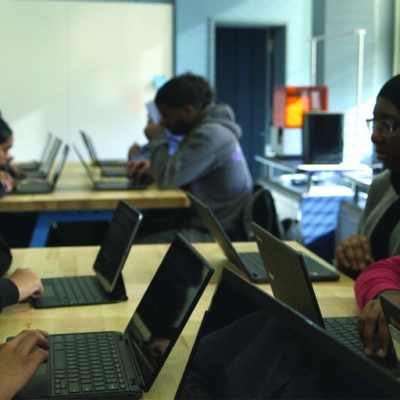
An Insurrection Happened. Here’s an SEL Tool to Help Students Process It.
On January 6th, the U.S. Capitol was attacked. Naturally, it ignited lots of emotions. Here’s an SEL-informed tool to help you and your students process them.
On January 6th, a mob stormed the Capitol building to halt the work of governing the United States of America-specifically the work of certifying incoming president Joseph Biden as the winner of the 2020 election. The news was filled with images of an angry mob of people, some holding confederate flags, descending on the Capitol building, gaining access to it, vandalizing certain offices, removing property, and antagonizing police and government officials. We were shocked and dismayed at scenes of government officials cowering under desks while the mob tried to gain access to them.
That day or the next, teachers did the work of helping students to make sense of what they saw, to process their feelings about it, to put it in a historical context, and to practice media literacy. We are grateful to every teacher who shouldered this heavy lift.
Here at iThrive, as we did our own processing of what we were seeing, many of us were struck by emotions not only associated with the event at hand, but also emotions associated with variance in how those participating in the insurrection were treated and what might be at the root of the difference in how they were treated as compared with protesters who were marching for Black lives. So there were feelings upon feelings to be present with.
At the behest of our Executive Director, Dr. Susan Rivers, we turned to a tool that we use often to get present with how we feel. It's our version of a tool created by Dr. Kathlyn Hendricks of the Hendricks Institute. We offer it below, for adults to process and then for adults to use with the youth in their lives, specifically teachers with students.
We hope that this social and emotional learning (SEL) tool is of support in the days and weeks to come.
Activity: Befriending Feelings
This exercise can be used to get present with the emotions you are feeling and to experience them fully without feeling the need to take action immediately. Choose an issue or situation or event that you'd like to explore.
- For a few minutes talk about (or journal about) your thoughts and feelings about the situation.
- Turn your awareness to your body. Having just expressed yourself, notice what you feel in your chest and throat area. Write that down or draw how you feel. Notice how you feel in your upper back and neck area. Write that down or draw how you feel. Notice how you feel in your belly area. Write that down or draw how you feel.
- If you noticed sensation in your chest and throat area, complete the following sentence: "I feel sad that ______."
- If you noticed sensation in your jaw and shoulders/neck area, complete the following sentence: "I feel angry that _____."
- If you noticed sensation in your abdominal area, complete the following sentence: "I feel scared that ______."
- If you noticed sensation in multiple areas, try completing each of the sentences.
- Take a moment to appreciate that you gave yourself the time and space to be with your feelings. Noticing how you feel is an important step to take before you take any action. Think of a person or a place where you feel safe and loved. Allow yourself to feel that sense of safety and love for yourself for being okay with having big feelings.
DOWNLOAD THE BEFRIENDING FEELINGS ACTIVITY (PDF)
At iThrive, we believe that since civics is social and emotional, we should teach it that way. Learn how we're using play, SEL and tech to prepare high school students for transformative civic engagement.


